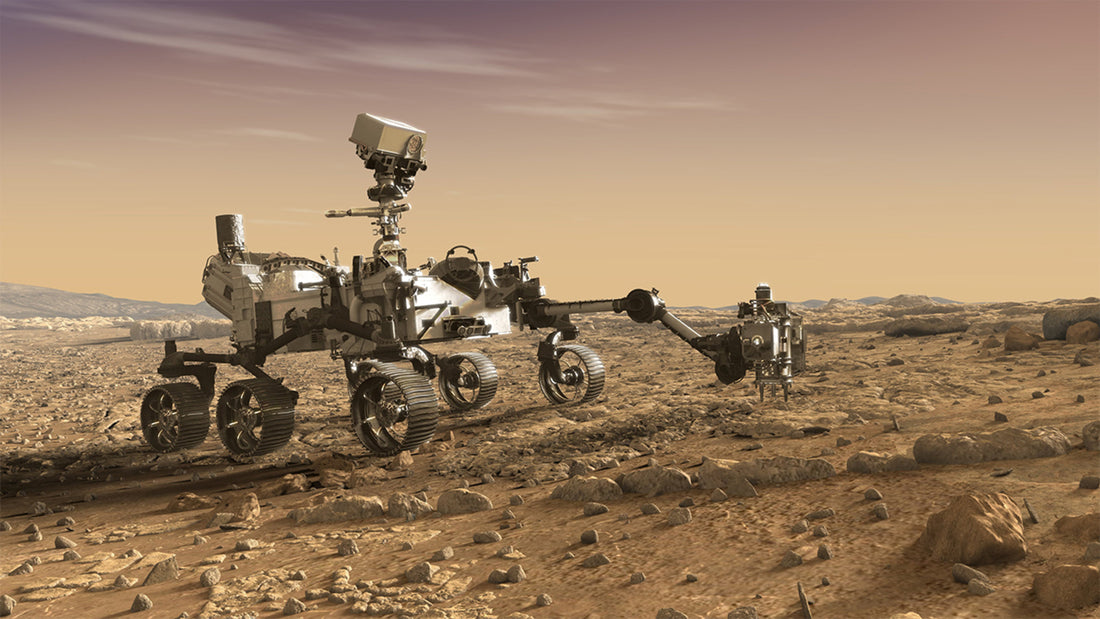
Persy Rover Extracts Breathable Oxygen From Mars' Atmosphere, Here's What That Means.
Share
In another first for NASA, the agency's newest Mars mission has turned carbon dioxide from the planet's atmosphere into breathable oxygen. An experimental device aboard Perseverance achieved the extraordinary extraction of oxygen taken from Mars’ thin atmosphere Wednesday .
The event marks the first experimental extraction of a natural resource from another planet’s environment for direct use by humans.
During its first activation, MOXIE (Mars Oxygen In-Situ Resource Utilization Experiment) yielded about 5 grams of oxygen, sufficient for about 10 minutes of respiration by an astronaut. MOXIE is designed to generate up to 10 grams of oxygen per hour.
Despite its modest output, the expedition marked the first attempt using a natural resource directly from a planet's environment for direct human consumption. "MOXIE isn't just the first instrument to produce oxygen on another world," says Trudy Kortes, director of technology demonstrations within NASA's Space Technology Mission Directorate. She added MOXIE is the first technology of its kind to help future missions "live off the land" on another planet.

The device works through electrolysis, which employs extreme heat to separate oxygen atoms from molecules of carbon dioxide, which is about 95 percent of the Mars atmosphere. The remaining 5 percent consists predominantly of molecular nitrogen and argon.
Oxygen exists on Mars, however, in minimal trace amounts.
An abundant supply is crucial to eventual human exploration of the Red Planet because it is both a source of breathable air for astronauts and an essential ingredient for rocket fuel to carry them home. The amount necessary for launching rockets into space from Mars is especially formidable.
A NASA study predicts it would take more than almost 7 tonnes of rocket fuel and close-to 25 tonnes of oxygen to get four astronauts off the Martian surface. And so, taking a one-tonne oxygen-conversion machine to Mars is a more practical solution than hauling 25 tonnes of oxygen from Earth, says MOXIE principal investigator Michael Hecht, of the Massachusetts Institute of Technology.
Mr Hecht said that the amount of oxygen required to last an entire year for astronauts living and working on Mars could be as much as one metric ton per year.
As a proof of concept, MOXIE is designed to generate 10 grams of carbon dioxide per hour, and NASA said scientists intend to run the machine an additional nine times over the next two years, under different conditions and speeds.

A day before NASA launched the first oxygen conversion run, a miniature robot chopper successfully took off and landed on Mars. The agency achieved the first controlled powered flight of an aircraft on another planet.
A twin-rotor chopper named Ingenuity, which also flew with Perseverance, hitched a ride to Mars tasked with searching for fossilized remains of ancient microbes that may have thrived on Mars billions of years ago.
For the full NASA press release, click here.
Love spreading ARSE?
Share this with a friend and send www.spaceaustralia.com.au into the deep unknown...
#Space_Aus




